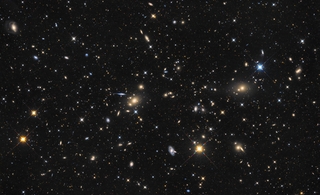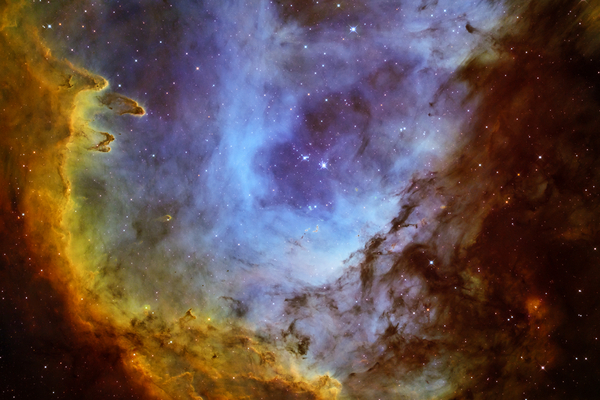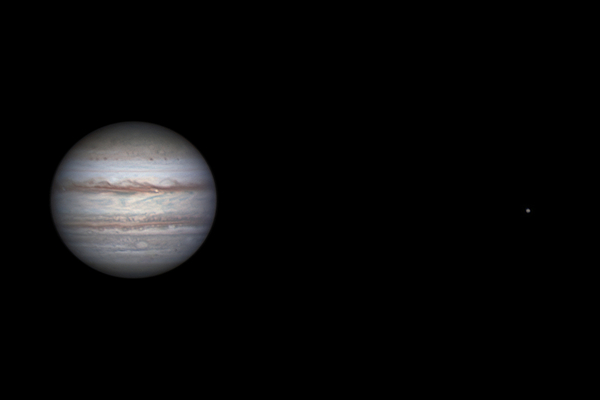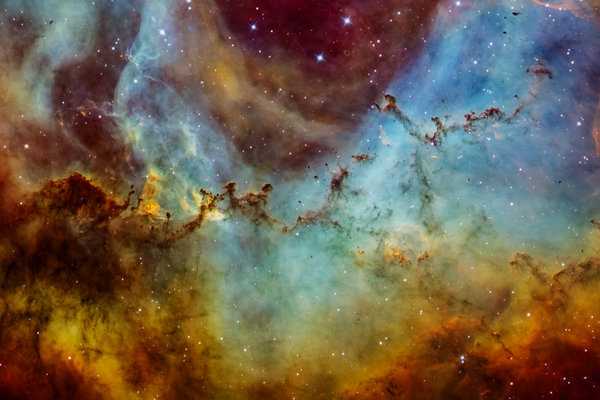Astrophoto of the month - May 2022 - The depths of Leo
Ultra-deep capture of the galaxies in the depth of Leo by Bence Tóth
A wonderful and special astrophotography image each month by Hungarian astrophotographers.
How far can we see in the cosmos?
Amateur astrophotographers who capture the wonders of the sky for their own pleasure mostly with their own telescopes, cannot see as far in the cosmos as the Hubble Space Telescope, nor as much as the new miracle of science, the James Webb Space Telescope will see soon. Still, it is worth examining this question more closely. In the cosmos, distance is also proportional to the degree of looking in the past. The farther we look into deep space, the earlier state of the universe we can see. Thus the distance that we can see is limited, as we cannot look beyond the Big Bang in time, which is 13.7 billion light-years in distance. So the real question is how old light can be seen with amateur equipment. By comparison, in the 13.7 billion-year-old universe the James Webb Space Telescope will be able to look back to 13.5 billion years.
How do we get started?
We have to look for an area in the sky where distant galaxies can be seen, i.e. they are not obscured by the Milky Way. The constellation Leo (Lion) in the spring sky is a very ideal area for this, and Bence Tóth chose the rarely photographed but even more exciting Leo galaxy cluster here. In the following, we can read his account of the process of photographing this area and about the exploration of the galaxies.
The circumstances
Already during the planning phase it became obvious that a lot of raw material collected from under a good sky would be needed to achieve the desired visual outcome. The first raw material was captured in Belecska in January 2022. Here my only goal was to make adjustments to the composition, and see what can be achieved with my equipment. Of course, it was only possible to collect photons for a few hours at that time, as Leo was just starting to rise in the sky ... At the end of March, several clear nights came in a row, and we moved with some fellow astrophotographers to the guest house in Törökkoppány, near the observation site of the Hungarian Astrophotographers’ Association to spend some pleasant time there. The majority of the raw images were taken at this time, except for two nights in the Cserhát. From nearly 25 hours of raw material, after careful sorting, roughly 22 hours were used for the final processing of this image.
Hunt for galaxies
It is always an interesting question in the case of images like this, how far can we see with our simple equipment in space and time? After determining the exact coordinates of the image, it is worth looking through the known galaxy catalogs ( NGC, PGC for example), and the appropriate programs can even automatically label the identified galaxies. But the very faint and distant objects aren’t found in these catalogs. To identify these galaxies, we can make good use of the SDSS (Sloan Digital Sky Survey) database, which is still expanding. SDSS uses spectroscopic measurements to determine the redshift of the galaxies, from which the spatial distance can be estimated. The mentioned database can be accessed through several web pages and with the help of queries objects can be listed in the vicinity of any given coordinate. With this method, I searched for some really faint galaxies, the farthest of which is 8.9 billion light-years away. That means, we look back on the past of 8.9 billion years! The lightray from this distant galaxy is twice as old as our planet.
Where can they be found in the image?
I marked these galaxies in the image below, and for the sake of easier identification I also included a part of the inverted luminance layer zoomed in to 100% to show the surroundings of these star cities. In the case of four galaxies their red color can be clearly seen on the original image, but in the case of the object SDSSJ114419.63+194845.4 the image can be misleading, as the galaxy itself is hiding behind a brighter star (SDSS J114419.71+194848.2). The galaxy can only be identified on the luminance layer.
| galaxy | distance (billion light years) |
|---|---|
| SDSSJ114340.59+200042.3 | 5.21895213 |
| SDSSJ114342.93+195636.3 | 5.301574073 |
| SDSSJ114352.13+194542.1 | 6.485821788 |
| SDSSJ114419.63+194845.4 | 7.697610147 |
| SDSSJ114417.21+200318.1 | 8.909398507 |
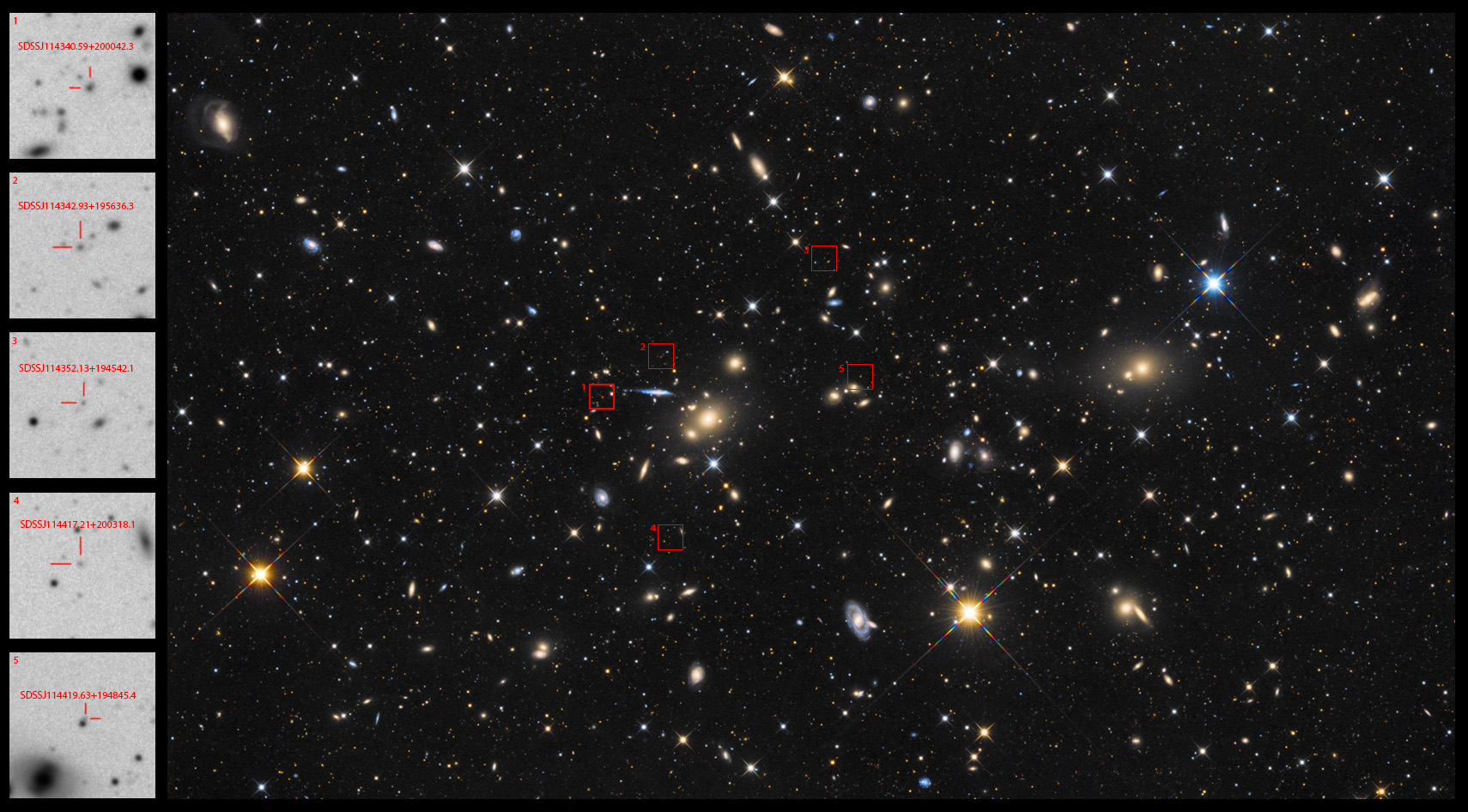
The Mystery of active star formation
The dwarf galaxies surrounding NGC 3860 caught the attention of astronomers, because unusually active star formation can be observed inside them. Compared to galaxies of similar size and age more than 10 times more stars are born in them. The main reason behind this is probably the interaction of the galaxies with each other and the rest of the members of the galaxy cluster but also a locally formed denser region putting pressure on the hydrogen-rich regions of the galaxies moving at close to 1800 km/s can play a role in it. NGC 3860 having moved through this denser region already, contains much less hydrogen and its distribution is also a telltale sign: the eastern part of the galaxy contains almost no hydrogen, the western side has a much higher concentration however. It’s still not clear which and what distribution of the two effects cause the observed phenomenon. Expansive shock waves haven’t been found in the internal structure of galaxies, which would completely prove the pressure of the intergalactic space, although the apparently missing tidal plumes raise questions regarding the strength of gravitational interactions as well.
The phenomena described above can be traced on the image as well: the blueish color of the dwarf galaxies is clearly visible which can be traced back to the contained young, high mass stars. As opposed to NGC 3860 which has a more yellowish color, reminiscent of elliptical galaxies.
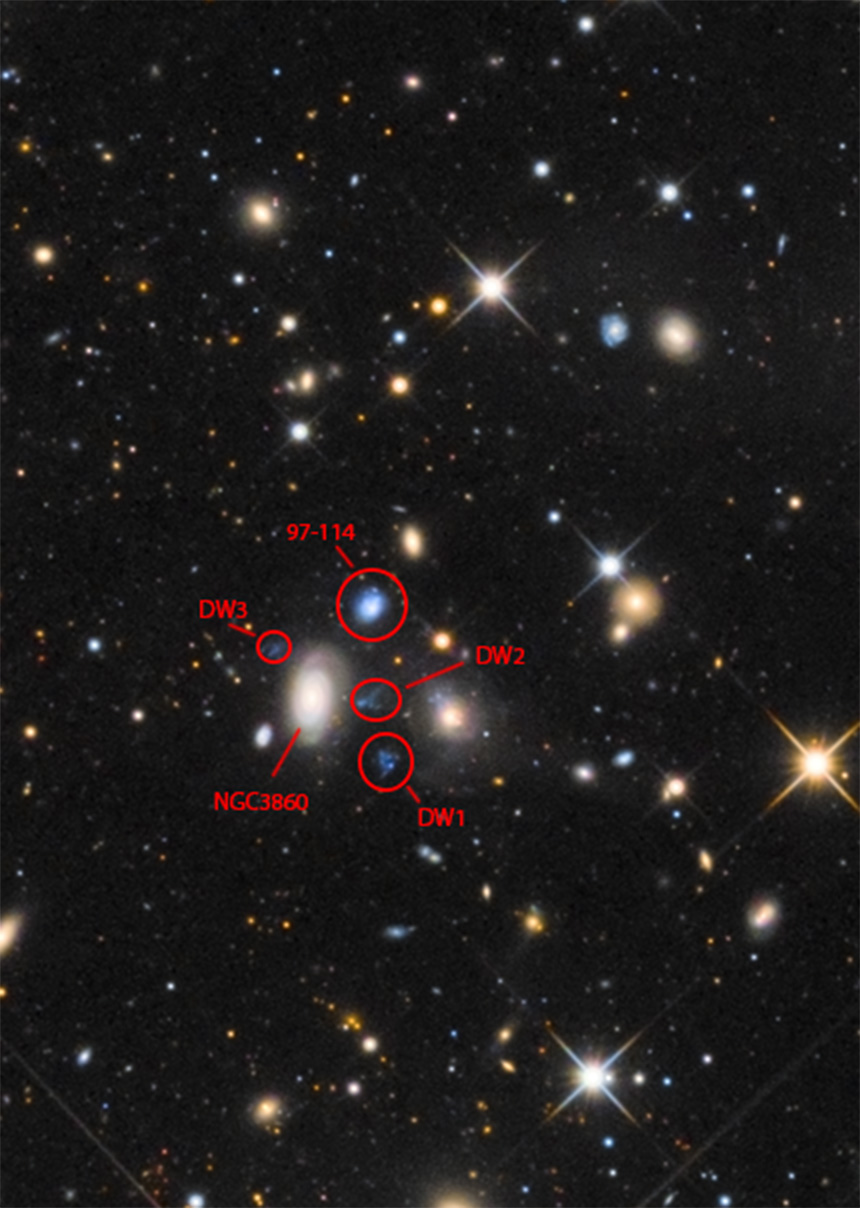
Bence Tóth

